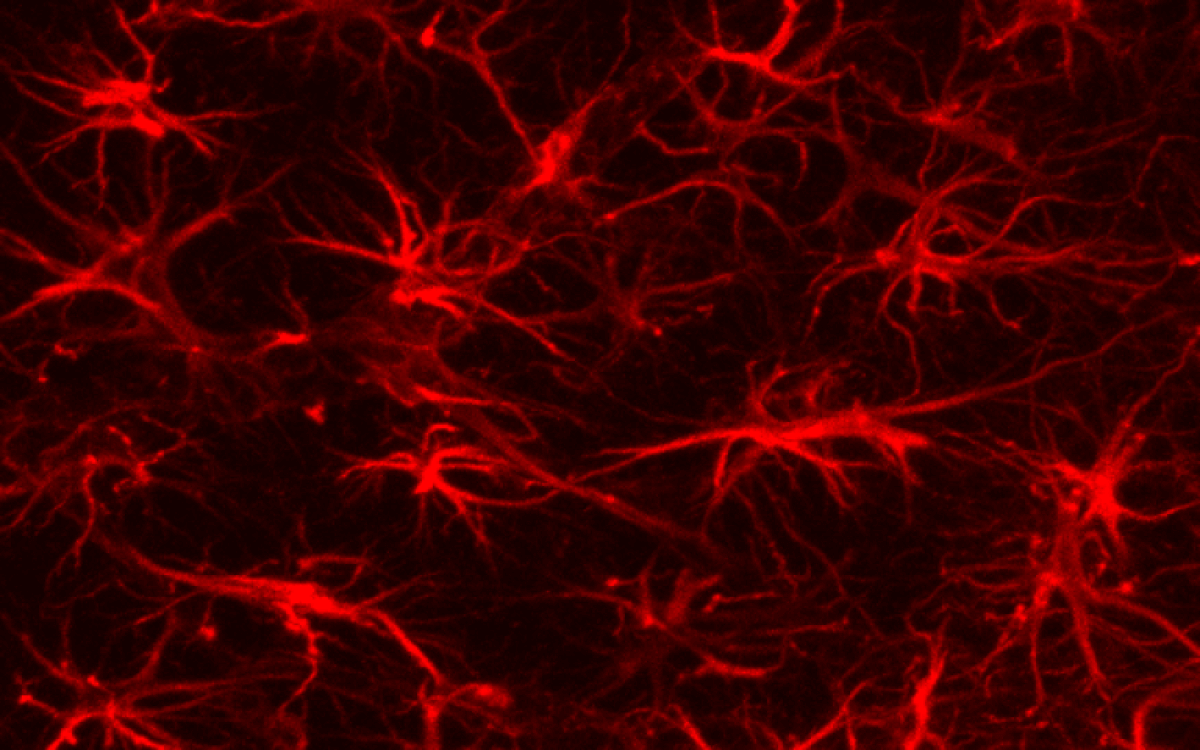SPOKANE, Wash. — From Da Vinci to Napoleon, there’s no shortage of mighty historical figures who supposedly got by on very little sleep. The rest of us need a good night’s rest to feel normal, but researchers from Washington State University say they may have just discovered the secret to staying up longer without all the negative side-effects like fatigue and declining brain health.
Their study found that a group of lesser-known brain cells called astrocytes are in actuality major players when it comes to controlling sleep. More specifically, the team at WSU discovered that activating these cells kept mice awake for hours when they would normally be resting — and the rodents didn’t get any sleepier either.
“Extended wakefulness normally increases sleep time and intensity, but what we saw in this study was that despite hours of added wakefulness these mice did not differ from well-rested controls in terms of how long and how intensely they slept,” says senior author Marcos Frank, a neuroscientist and professor at WSU’s Elson S. Floyd College of Medicine, in a university release. “This opens up the possibility that we might someday have interventions that could target astrocytes to mitigate the negative consequences of prolonged wakefulness.”
Prof. Frank envisioned this may include medications that could improve the productivity, safety, and health of shift workers and anyone else working long or odd hours (first responders, military). There’s a pile of evidence indicating both sleep loss and mistimed sleep can impact a number of key health processes including attention, learning, cognition, memory, metabolism, and immune function.

Astrocytes, meanwhile, are a type of non-neuronal cells that interact with neurons, or brain cells that transmit easily measured electrical signals from the brain to other body parts. Previously considered merely the “glue” that holds a mind together, recent research has revealed astrocytes play an active role in various behaviors and processes through a much more subtle and difficult-to-measure process called calcium signaling. For example, a previous WSU study showed that suppressing astrocyte calcium signaling throughout the brain led to mice building up less sleep need following sleep deprivation.
To conduct this research, the study authors focused specifically on astrocytes in the basal forebrain, a brain region known to play a key role in determining time spent asleep and awake, as well as an individual’s sleep need. Through the use of chemogenetics (a way of controlling and studying pathways within brain cells), researchers were able to activate these astrocytes. This led to the mice staying awake for six hours or longer during their normal sleep period. Moreover, paradoxically, no subsequent changes in sleep time or sleep intensity were noted in response to the added wakefulness.
“Our findings suggest that our need for sleep isn’t just a function of prior wake time but is also driven by these long-ignored non-neuronal cells,” adds first author Ashley Ingiosi, an assistant professor of neuroscience at Ohio State University who conducted the study while working as a postdoctoral research associate in Frank’s lab at WSU. “We can now start to pinpoint how astrocytes interact with neurons to trigger this response and how they drive the expression and regulation of sleep in different parts of the brain.”
Moving forward, the research team is planning on putting together further tests aimed at determining how the activation of basal forebrain astrocytes to induce wakefulness may impact other processes besides sleep needs, such as attention, cognition, learning, memory, metabolism, and immune function. To get a general idea of the potential impact on attention and cognition, they analyzed EEG markers of those two processes in this study, ultimately finding them to be similar to those seen in well-rested controls.
The study is published in the journal JNeurosci.
You might also be interested in:
- Zap while you nap: Brain stimulation during sleep turbo charges memory
- The road to Alzheimer’s disease could start with brain changes in the womb
- Is sleep more important than practice? Motor memory synchronizes during sleep

